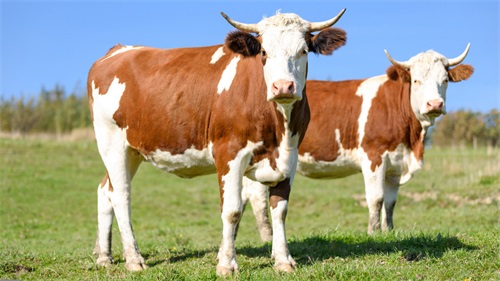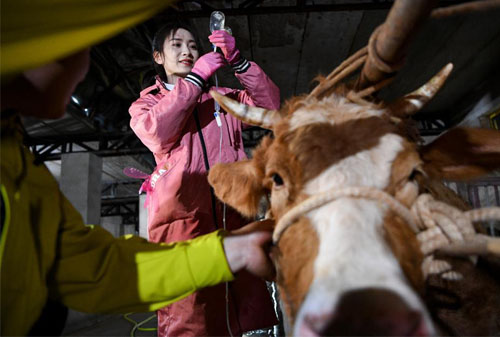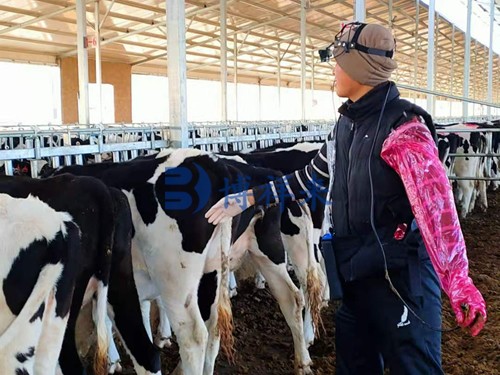In the fast-paced world of veterinary medicine, timely and accurate diagnostics can mean the difference between life and death for large animals. Ultrasound technology has emerged as a cornerstone of emergency veterinary care, offering non-invasive, real-time imaging that aids in rapid decision-making. This article explores the transformative impact of ultrasound in emergency settings, particularly for livestock and other large animals.

Why Ultrasound is Indispensable in Emergencies
When a cow collapses with sudden abdominal distress or a horse shows signs of internal trauma after a fall, minutes matter. Traditional diagnostic methods like radiography often require animal transport and time-consuming setups. In contrast, portable ultrasound units allow veterinarians to assess conditions like internal bleeding, intestinal torsions, or uterine ruptures at the stall or pasture side. The immediacy of ultrasound imaging enables:
- Instant detection of fluid accumulation (e.g., hemorrhage or peritonitis)
- Identification of organ displacement or rupture
- Guidance for emergency procedures like pericardiocentesis
Technical Advancements Changing the Game
Modern Veterinary ultrasound systems, such as those developed by BXL for large animals, now feature:
1. Deeper penetration technology: Critical for scanning thick muscle layers in cattle or swine
2. Weather-resistant designs: Essential for farm use in rain or dust
3. Battery-operated portability: Allows 4+ hours of continuous field use
A 2023 study published in *Journal of Veterinary Emergency Care* showed that ultrasound reduced diagnostic time by 68% in bovine emergency cases compared to traditional methods.

Case Applications
1. Colic in Horses: Ultrasound differentiates between surgical and medical cases by visualizing intestinal motility and wall thickness
2. Rumen Disorders in Cattle: Identifies foreign bodies or abscesses without exploratory surgery
3. Pregnancy Complications: Detects uterine tears or fetal distress during difficult births
Training Matters
While equipment like BXL's rugged ultrasound units are designed for farm use, proper training remains crucial. The American College of Veterinary Emergency and Critical Care now requires ultrasound proficiency for certification. Many veterinary schools incorporate hands-on scanning modules using live animal models.

Economic Impact
Early ultrasound diagnosis prevents unnecessary surgeries and reduces hospitalization costs. For dairy farms, detecting mastitis early through udder scanning can save $300-$500 per cow in lost productivity.
As ultrasound technology becomes more affordable and user-friendly, its integration into standard emergency protocols is revolutionizing large animal care. With continued advancements in portable imaging, the future promises even faster interventions and improved outcomes for our valuable livestock.
tags:


